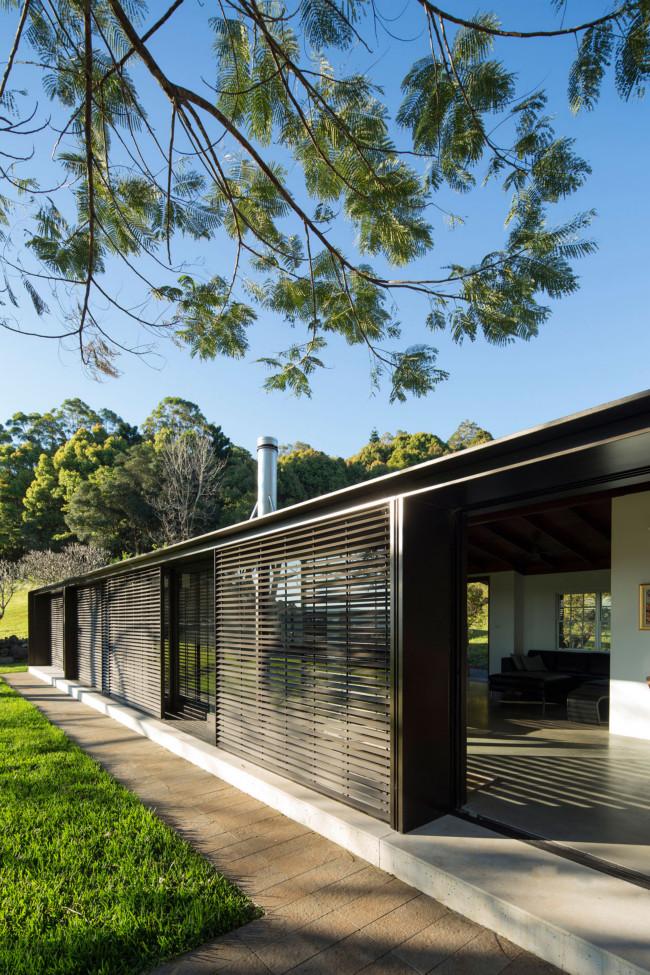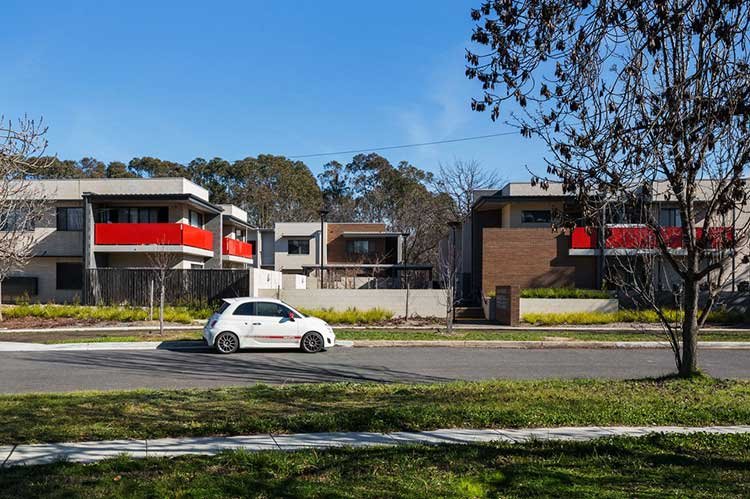Residential Architects: Creating Beautiful, Functional Spaces for Every Home
Residential Architects: Creating Beautiful, Functional Spaces for Every Home
Blog Article
How Residential Architects Create Customized Homes for Every Way Of Life
The process by which property engineers layout customized homes is a nuanced interplay of understanding client demands and translating those understandings into functional living spaces. Via detailed consultations and the use of design tools, designers catch the significance of their customers' way of livings, ensuring that each home reflects personal values and goals.
Comprehending Client Requirements

Effective interaction is vital in this process. Designers should urge clients to verbalize their lifestyles, household characteristics, and future ambitions, ensuring that the layout reflects their special identity. By utilizing devices such as surveys, interviews, and aesthetic studies, engineers can collect valuable understandings right into the customer's vision.
Furthermore, comprehending the context in which a home will exist is important. Designers must consider aspects such as the site qualities, neighborhood environment, and cultural impacts that can influence the design. This holistic strategy enables the creation of areas that are not just aesthetically pleasing however sustainable and also useful.
Eventually, a deep understanding of customer requires allows engineers to develop tailored homes that boost the lifestyle for their occupants, fostering a sense of belonging and comfort within their living environments.
Design Process and Collaboration
The design process in property design is a dynamic interplay of imagination and partnership, where designers, clients, and various stakeholders work closely to bring a vision to life. This iterative journey generally begins with a collection of conferences to develop a comprehensive understanding of the customer's desires, choices, and way of life requirements. During these discussions, architects gather necessary details, allowing them to conceptualize designs that straighten with the client's vision.
Complying with the preliminary assessments, the design stage progresses with sketches, 3D designs, and building makings. This visual interaction offers as a tool for architects to existing ideas, while also welcoming client feedback, ensuring that the last design reverberates with their assumptions. Reliable partnership with engineers, contractors, and indoor designers is crucial throughout this stage, as it makes sure that all functional facets of the job are seamlessly incorporated.

Incorporating Way Of Living Components
Including way of living elements right into household layout is essential for creating rooms that absolutely reverberate with the inhabitants. residential architecture homes. This process begins with understanding the distinct requirements, preferences, and daily routines of the property owners. Architects participate in detailed conversations to discover exactly how the specific or family uses their room, whether for enjoyable visitors, seeking pastimes, or seeking peaceful resort
When these insights are collected, engineers can customize layout functions that improve day-to-day experiences. Open floor strategies may be designed for family members that prioritize togetherness, while committed offices can be integrated for those that function from home. Outside locations, such as yards or patios, can be highlighted for families that take pleasure in outdoor tasks or entertaining.
Additionally, flexibility is a crucial consideration; multi-functional areas enable adaptability as way of lives evolve gradually. Personalized storage remedies can also be integrated to satisfy specific organization demands, guaranteeing that the home stays useful and clutter-free. Eventually, by attentively weaving lifestyle aspects right into the building textile, domestic designers develop tailored homes that not only satisfy visual needs yet also substantially boost the quality of life for their clients.
Sustainable and Smart Style
Lasting and clever design progressively plays an essential duty in residential design, as house owners look for to minimize their environmental effect while improving their living experiences. Engineers are now integrating green products, energy-efficient systems, and cutting-edge modern technologies to develop homes that not just fulfill visual needs yet additionally offer the world.
Incorporating renewable resource sources, such as solar panels and wind turbines, allows homeowners to harness natural deposits, dramatically reducing dependence on standard power grids. Smart home innovations even more improve sustainability by optimizing power use with automated systems that regulate heating, lighting, and air conditioning based upon occupancy and choices.
Additionally, the use of sustainable building materials-- like recovered timber, bamboo, and recycled steel-- promotes a circular economic climate, minimizing waste and resource usage. Engineers additionally stress passive style concepts, making certain homes are oriented for maximum all-natural light and ventilation, consequently lessening the demand for synthetic heating & cooling.
Along with environmental advantages, sustainable and smart design adds to the general comfort and health of residents. By prioritizing indoor air quality and natural aspects, architects develop rooms that foster health, permitting homeowners to prosper in harmony with their environment.
Settling and Applying Strategies
Completing and executing strategies is a vital stage in the property style process, where the vision of a tailored home starts to appear. This phase includes meticulous interest to detail, making sure that every element of the layout is specifically verbalized and ready for building and construction. residential architecture homes. Designers collaborate carefully with customers to evaluate last plans, dealing with any last-minute changes or worries, while making certain that all components line up with the house owner's lifestyle needs
When plans are completed, engineers prepare thorough construction records, including comprehensive illustrations and specifications that act as a blueprint for home builders. These records describe materials, finishes, and installment methods, giving quality for subcontractors and why not find out more professionals. Furthermore, securing needed authorizations and sticking to regional structure codes is vital, as it makes certain click for info compliance and smooth project execution.
By fostering a joint atmosphere, engineers can ensure that the implementation lines up with the original vision. Eventually, this essential stage transforms ideas into fact, laying the foundation for a home that shows the unique way of living and preferences of its occupants.
Verdict
To conclude, domestic engineers play a critical role in crafting customized homes that satisfy varied way of lives. Via meticulous understanding of customer needs, collective layout processes, and the assimilation of lifestyle aspects, engineers make certain that each home shows specific choices. The incorporation of sustainable techniques and smart modern technologies further boosts functionality and environmental duty. Ultimately, the efforts of household engineers culminate in the realization of individualized space that promote comfort and wellness for their inhabitants.
The process by which domestic architects style tailored homes is a nuanced interplay of recognizing client requirements and converting those insights into functional living spaces. With detailed consultations and the usage of design tools, engineers record the significance of their clients' lifestyles, ensuring that each home mirrors individual worths and desires. Engineers must motivate clients to express their way of lives, family dynamics, and future desires, ensuring that the layout shows their distinct identification.The style process in household design is a dynamic interplay of creativity and cooperation, where architects, customers, and different stakeholders function carefully to bring a vision to life - you can try this out residential architecture homes. Through thorough understanding of customer needs, joint style procedures, and the combination of lifestyle aspects, architects make sure that each home reflects individual preferences
Report this page